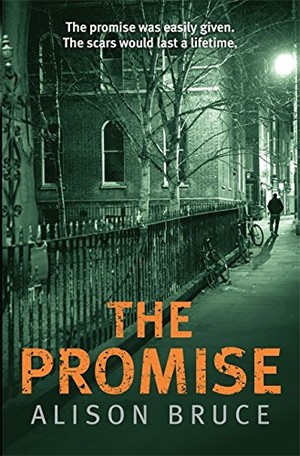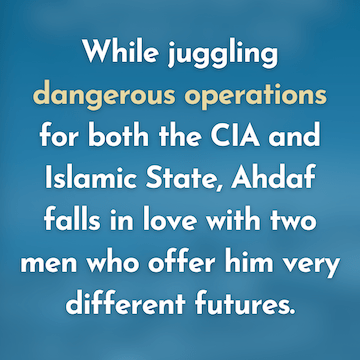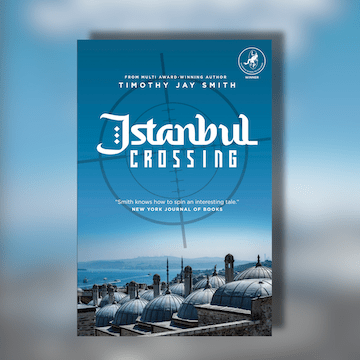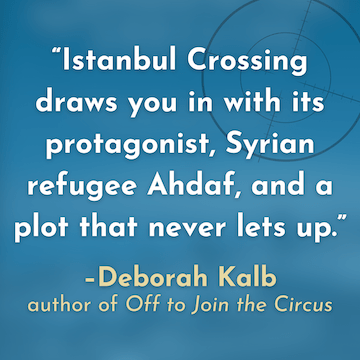
It’s been a bit of a wait for the sixth book in the Gary Goodhew series, so it was with a sigh of contentment that I settled down with the latest adventures of one of my favourite young detectives. I have to admit to having a soft spot for this series set in Cambridge. Not the ivory towers of Cambridge, though. The other side of the city.
Gary is a young DC, still full of idealism and taciturn perseverance, even though his mettle has been tested over the course of the previous five books. He is a Cambridge boy, living just opposite the police station on Parkers’ Piece, and is devoted to his glamorous, feisty grandmother. There are some painful past secrets, however, and in this book we finally find out a little more about them and how they shaped his character and his reluctance to become involved with anyone too closely.
As this police procedural opens, Gary is recovering from an injury sustained in his last case. His friend and colleague Sue Gully keeps an eye on him and tries to coax him back to the office. But it’s the death of a homeless man, Ratty, whom Gary had casually befriended, that is the catalyst driving him back to work. Ratty was viciously attacked on Market Hill, his eyes mutilated. Why would anyone display such ferocity and cruelty in killing a harmless tramp? The police struggle to find out anything about Ratty’s personal life, but even his real name proves to be a problem.
One of the memes of contemporary crime fiction is to have a parallel storyline which at first glance is seemingly unrelated to the main investigation. This book is like that, and the extra puzzle impedes its flow somewhat. Before we even get to a dead body we meet Kyle and Hannah, a young couple with a baby son. Kyle was wounded in Afghanistan and is struggling to find work, while his wife is a shallow blonde interested only in partying and spending money they don’t have. This mismatched couple seems to be involved in something dubious, possibly blackmail, but we only get a few tantalising hints of another crime before switching to the police investigation into Ratty’s death.
Later on, we are made privy to a diary written by an unknown who may be involved in either of the two crimes. When the links between the two crimes become clear the pace picks up, and the alternating chapters work far better. However this lift-off is a long time coming and a more straightforward storyline earlier on the book would have served the author just as well.
At heart, this is a clean, detailed police investigation, in a setting which really comes to life under the author’s pen. Aside from the ongoing rivalry between Gary and his colleague Kincaide, we get to see a well-oiled team at work, patiently tracking down clues and piecing together the information. We continue to appreciate Gary’s dogged pursuit of the truth, his occasionally unconventional methods and his great empathy, as well as Gully’s loyalty and sharp-tongued retorts. The motivation of the killer, however, seemed a little spurious lets down the ending.
If you are new to the series it’s worth starting with the first book, Cambridge Blue. The series seems to be getting darker as it goes on, but it’s nevertheless a loving tribute to the living, breathing city of Cambridge, rather than its tourist image.
Constable & Robinson
Print/Kindle/iBook
£9.99
CFL Rating: 3 Stars










I do not know, if it is just your writing skill, or enthusiasm or dedication. Still reading this article about ‘The Promise by Alison Bruce’ was more thrilling than many books from my past. 😉
Thanks for such a wonderful information behind the tweet which let me here!
Bye!
Very kind of you to say so! It’s a series I enjoy hugely, so I hope to convey some of that enthusiasm to potential readers.
As you know, Marina Sofia, I have some problems with the conflict between Gary’s character and his police role, nevertheless, I do enjoy this series. I went back and read some of the earlier ones before writing my own review of this and I think this issue of the introduction of a story that seems to have nothing to do with the main investigation is very much Bruce’s way of working. I have to say that I find it rather confusing, but I wonder if the idea is that we should have to piece apparently disparate strands of evidence together in the same way as the police presumably have to?